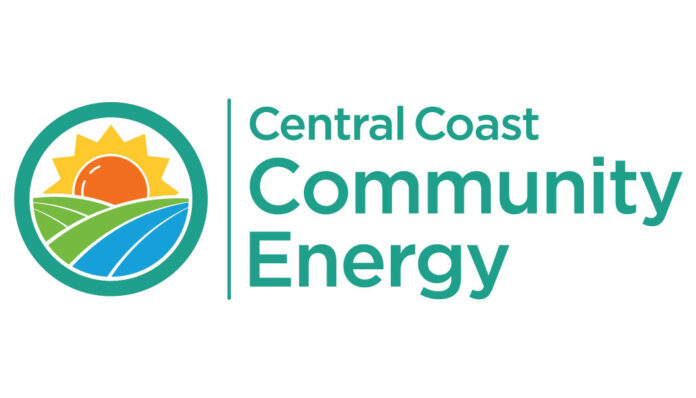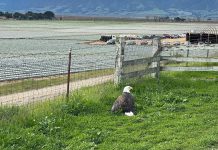MONTEREY COUNTY — Central Coast Community Energy (CCCE) has announced four new energy storage projects located within its service area, including three in Monterey County.
The community-focused energy provider, which is responsible for sourcing clean and renewable electricity on behalf of Monterey, San Benito, San Luis Obispo, Santa Barbara and Santa Cruz counties, called the projects a “major milestone” for the public agency and the entire region.
“These local energy storage projects will create jobs, support the effectiveness of standalone energy storage, contribute to statewide grid stability, and support California’s transition to clean and renewable energy,” said CCCE CEO Tom Habashi. “Long-duration energy storage plays an integral role in all of this. Central Coast Community Energy is proud to be innovating with emerging technologies within our service area.”
In June, CCCE issued a request for proposals for its Local Energy Storage Resiliency Project. The energy provider received a total of 21 proposals from 16 developers, approving four of them, with two additional storage projects still under consideration in San Benito and Santa Cruz counties.
Three of the approved projects are in Monterey County.
The Bodega Energy Storage Project in Gonzales will provide 10 MW of storage and deliver 80 MW/hours (MWh); the Green Valley Energy Storage Project in Salinas will provide 16 MW of storage to discharge 128 MWh; and the Rava Mesa Project, located in unincorporated Monterey County, will provide 6 MW of storage for a total discharge cycle of 18 MWh.
All three projects will be developed by local firm, Concentric Power Inc., and are estimated to be operational in 2026.
The fourth approved project, the Industrial Parkway Storage Project, will be developed by Renewable Properties LLC in Santa Maria and will provide 10 MW of storage for a total discharge cycle of 40 MWh. Of the four projects announced, the Santa Barbara County project is the only one that will not deploy long-duration storage.
“CCCE’s responsiveness and innovation continue to support and remind us of how important local control is in addressing economic development and clean energy resources,” said Steve McShane, CCCE Policy Board chair and Salinas City Council member. “This is a huge win for our region and the state. Long-duration energy storage is the crux for large-scale renewable energy growth. These projects are big accomplishments in themselves but also key to CCCE achieving future goals, such as 100% clean and renewable energy by 2030.”
Although CCCE has already contracted for more than 800 MW from new renewable energy projects and 200 MW from associated energy storage projects throughout California, the recent announcement marks the first series of distributed energy storage projects within its service area.
Three of the four aforementioned projects will use vanadium redox flow battery (VRB) technology, another milestone in itself, according to CCCE. VRB’s advantages include slower release for longer duration, longer operational lifespan and safer due to nonflammable materials.
California’s energy regulators are calling for long-duration storage as the state prepares for more conventional power plants to be replaced by renewable sources. According to CCCE, these projects “set a precedent for California’s investor-owned utilities and the nation’s energy industry.”
“In contrast to the economic equation, CCCE’s pledge to grow clean and renewable energy resources adds a necessary variable to the equation — energy storage,” CCCE stated in a news release. “With the intermittent nature of solar and wind power, for example, renewable energy that is generated when the sun is shining and the wind is blowing must be captured and stored so it can be utilized when the sun and wind are absent. Energy storage is cornerstone to realizing the full potential of renewable energy and to improving California’s grid reliability.”















